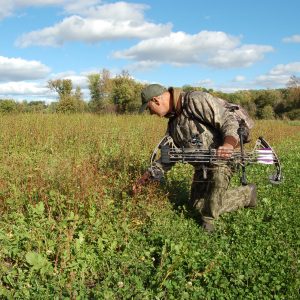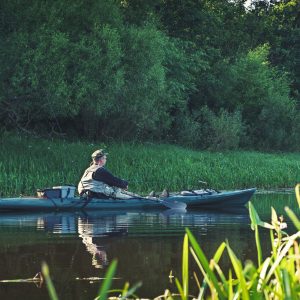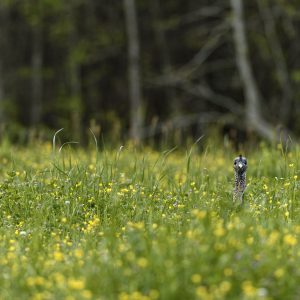Most hunters understand the closer you get to a buck’s bedding area, the better your chances are for a shot during legal hunting hours. Whether he’s on his way back to his core area in the morning, getting up for a stretch midday or setting out to feed or peruse does in the afternoon, it’s just common sense that the closer you are to where he is, the less time it takes for the buck to get to you ( or vice-versa in the morning). The problem is you must make sure you don’t get too close and blow the whole deal. If a mature buck senses an intrusion you may make them impossible to hunt.
Years ago hunters used to need to read sign in the form of tracks, rubs or scrapes. A skiff of snow made fresh sign obvious, but now-days we have trail cameras to simplify matters. Obviously you need to get an initial photo of the buck. Then you use your best guess and keep your cameras moving until you see where the buck is coming from. Moving your cameras often is a key – usually every two to four days with this tactic. Use satellite images or aerial photos to help you with camera placement and to solve the mystery of where the buck is spending the majority of his time.
Backtracking bucks has been a proven tactic for many years; however, it’s been made much easier in recent years with trail camera technology. Once you believe you have figured out where your buck is bedding, use caution. You don’t want him to feel the pressure and discover he’s being hunted or you may blow the whole deal. Play the wind and thermal and move into strike when the odds are in your favor.






